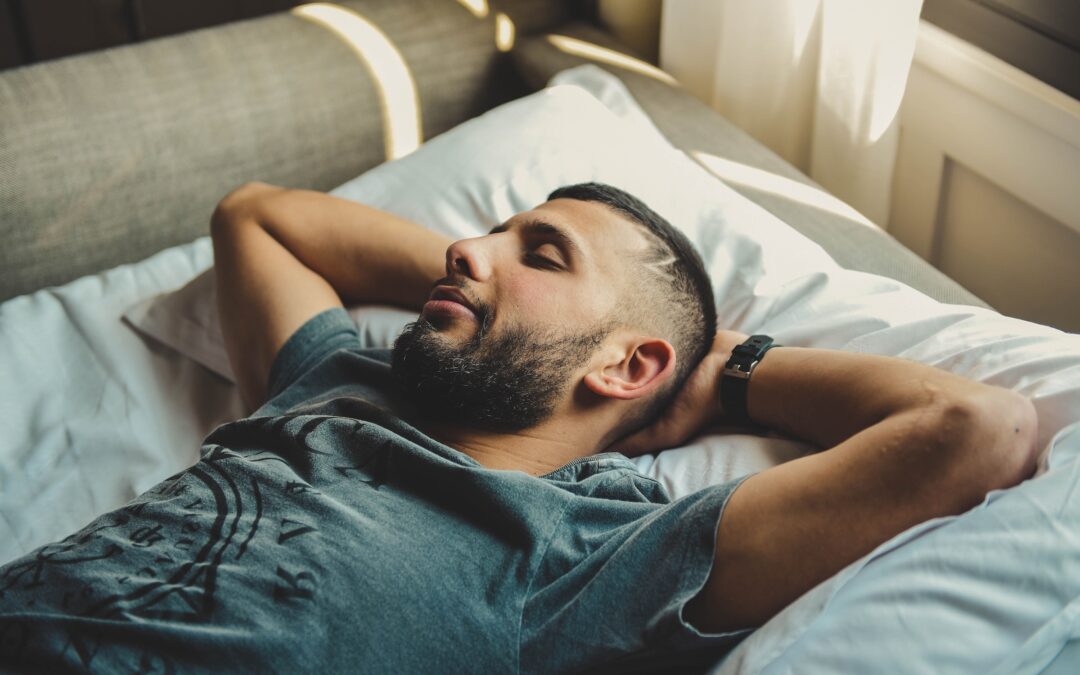In the realm of sleep medicine, dental sleep appliances have emerged as a game-changing dental technology. For individuals grappling with sleep disorders (particularly obstructive sleep apnea), these devices offer an alternative to traditional treatments, such as continuous positive airway pressure (CPAP) machines.
Ready to rest easier? Contact Thomas F. Brown, DDS, in Naperville, IL, to discuss custom-made sleep appliances. We’ll help you explore your options and choose solutions that work for your oral health, lifestyle, and budgetary needs. Call (630) 369-3120 to learn more!
Dental sleep appliances provide many patients with a comfortable, convenient, and cost-effective solution to address certain sleep conditions. Here, we dive into the various types of dental sleep appliances, shedding light on their mechanisms and benefits.
Mandibular Advancement Devices (MADs)
MADs are among the most common types of dental sleep appliances that dentists provide their patients. These devices work by keeping the lower jaw (mandible) and tongue slightly forward. By keeping these structures in a forward position, MADs prevent the collapse of the upper airway during sleep.
As a result of maintaining an open airway, MADs effectively alleviate the symptoms of sleep-disordered breathing, including snoring and mild to moderate obstructive sleep apnea (OSA).
Traditionally, patients with OSA required bulky CPAP machines to establish better breathing while asleep. However, many patients found that the cumbersome facemask and bulky tubing of CPAPs made sleeping much more challenging.
MADs give patients the ability to establish better breathing at night without the hassle of awkward CPAP machines. Indeed, their ease of use, portability, and non-intrusive nature make them a favorite among patients with OSA.
Tongue-Retaining Devices (TRDs)
TRDs focus on holding the tongue in an anterior position during sleep to address tongue-related airway obstruction. By preventing the tongue from falling backward and blocking the airway, these devices promote improved airflow and reduce the likelihood of snoring and OSA events.
TRDs are particularly beneficial for individuals with anatomical factors contributing to tongue-based airway constriction, including patients with spinal cord or neurological injuries.
Combination Therapy Devices
In certain cases, a dentist may recommend a combination of MADs and TRDs (or MADs and CPAP therapy) to optimize treatment outcomes.
Combination therapy devices cater to the unique needs of patients who may experience multi-level airway obstructions. This comprehensive approach ensures a more customized solution, addressing various contributing factors to sleep disorders.
Herbst Appliances
Herbst appliances are a subtype of MADs, distinguished by their unique hinge mechanism. This hinge allows for a greater range of jaw movement, reducing strain on the temporomandibular joint and enhancing overall comfort.
Herbst appliances are a preferred choice for patients who may experience jaw discomfort with traditional MADs.
Dental Sleep Appliances Near Naperville, IL
Experts believe that around 50 million Americans suffer from some type of sleep disorder. Leaving these disorders unaddressed could lead to widespread systemic health issues, including cardiovascular disease and depression. Dental sleep appliances represent a revolutionary approach to managing these sleep disorders, offering patients an easy and effective way to get better, healthier sleep.
If you’d like to learn more about which dental sleep appliances may be best for you, contact Thomas F. Brown, DDS. You can request a consultation online anytime or at (630) 369-3120 during office hours.

